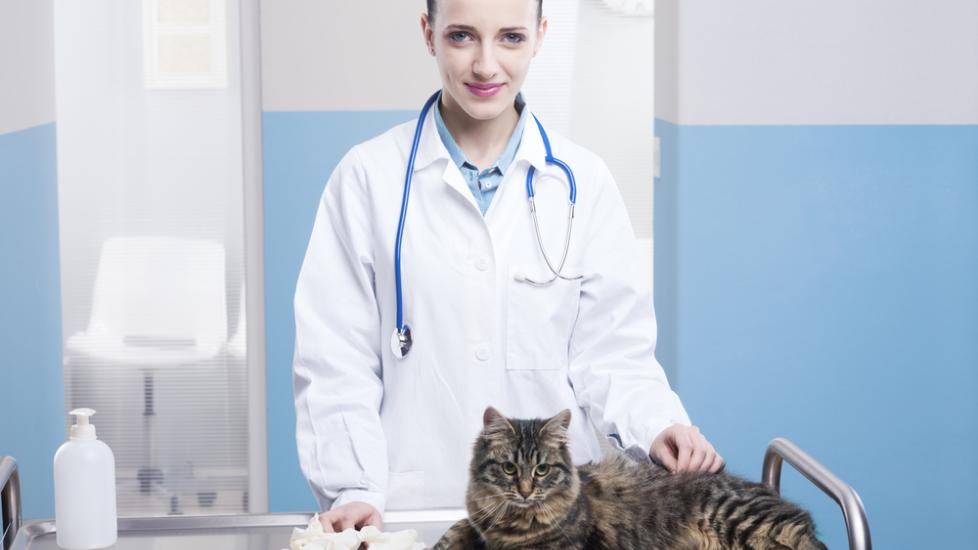Liver Cancer (Hepatocellular Carcinoma) in Cats
Hepatocellular Carcinoma in Cats
Hepatocellular carcinoma describes a rare but malignant tumor of the epithelial tissues of the liver (the tissue that lines the cavities and surfaces of body structures – in this case the liver). This type of tumor is rare in cats – cats are more commonly affected by bile duct carcinoma. There are no breed predispositions, but affected cats are on average older than ten years of age.
Symptoms
The following symptoms are typically absent until the disease reaches an advanced stage:
- Lethargy
- Weakness
- Loss of appetite (anorexia)
- Weight loss
- Polydipsia (excessive thirst)
- Diarrhea
- Vomiting
- Hepatomegaly (enlarged liver with uneven size); precedes development of overt clinical signs
- Abdominal hemorrhage
Causes
- Unknown
- May be associated with chronic inflammation or hepatotoxicity (chemical-driven liver damage)
- Toxins
Diagnosis
Your veterinarian will perform a thorough physical exam on your cat, including a complete blood profile, chemical blood profile, a complete blood count, a urinalysis and an electrolyte panel. A microscopic study of fluid taken from the liver by needle will be done to detect dysplasia (a pre-cancerous change in cells and tissues) and overt malignant features of cancerous cell spread. Occasionally, the only finding of the study is necrotic (dead) cells in the liver. A hepatic biopsy will need to be conducted in order to make a conclusive diagnosis. This will require that your veterinarian surgically remove a sample of liver tissue for laboratory analysis. A needle biopsy is not recommended.
Diagnostic imaging may include abdominal radiography to localize the tumor, and X-ray imaging of the chest to check for metastasis into the lungs.
Treatment
Treatment will be given on an outpatient basis, unless surgical intervention requires postoperative critical care during recuperation, or bleeding tumors require transfusion of blood components or whole blood transfusions. Your veterinarian may consult a veterinary oncologist for assistance.
Surgical removal of the tumor is recommended when possible, and is often most successful when the tumor is massive and singularly located. Up to 75 percent of the liver can be surgically removed without pronounced loss of function. However, nodular and scattered (diffuse) forms are often not good candidates for surgery. Chemotherapy is not recommended, as it has not been found to be successful in the treatment of liver cancer.
Living and Management
Your veterinarian will schedule follow up exams for abdominal palpation and to evaluate for recurrence every two to four months. Abdominal ultrasonographies will be repeated every two to four months for the first year, and liver enzymes will be checked. Unfortunately, this is often a malignant cancer, and the prognosis is poor. Even without metastasis, survival after surgery is generally less than three months. However, the final prognosis will depend on the degree of tumor invasion, how much of the tumor could be successfully removed, and whether it has spread into the body.
Image: Stokkete via Shutterstock
